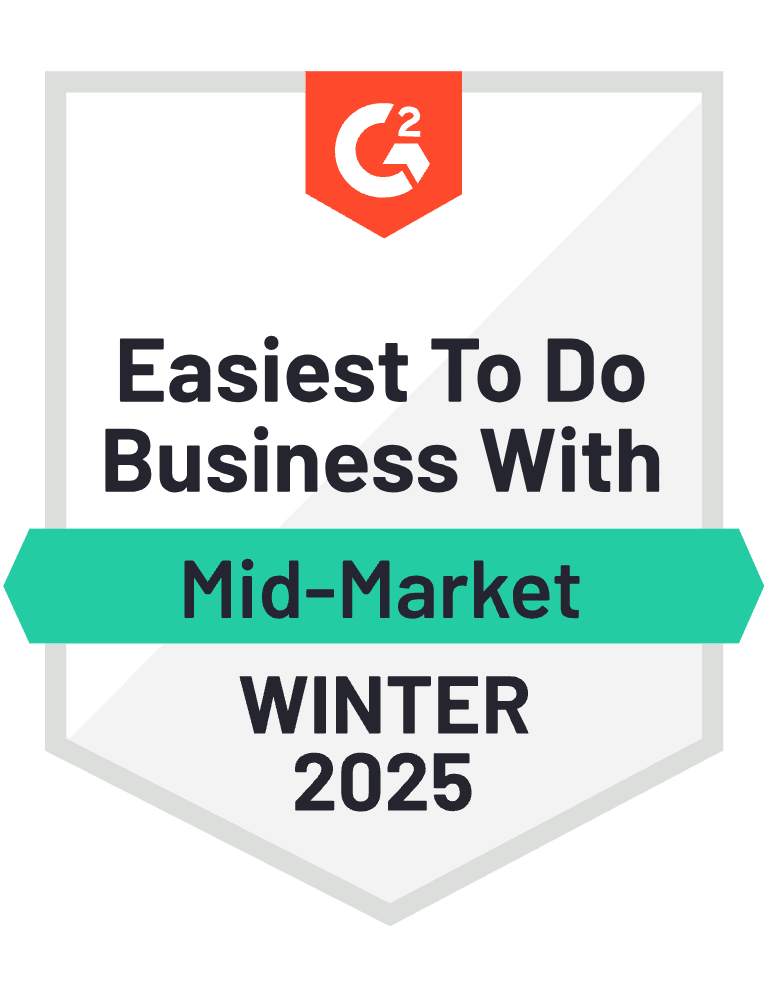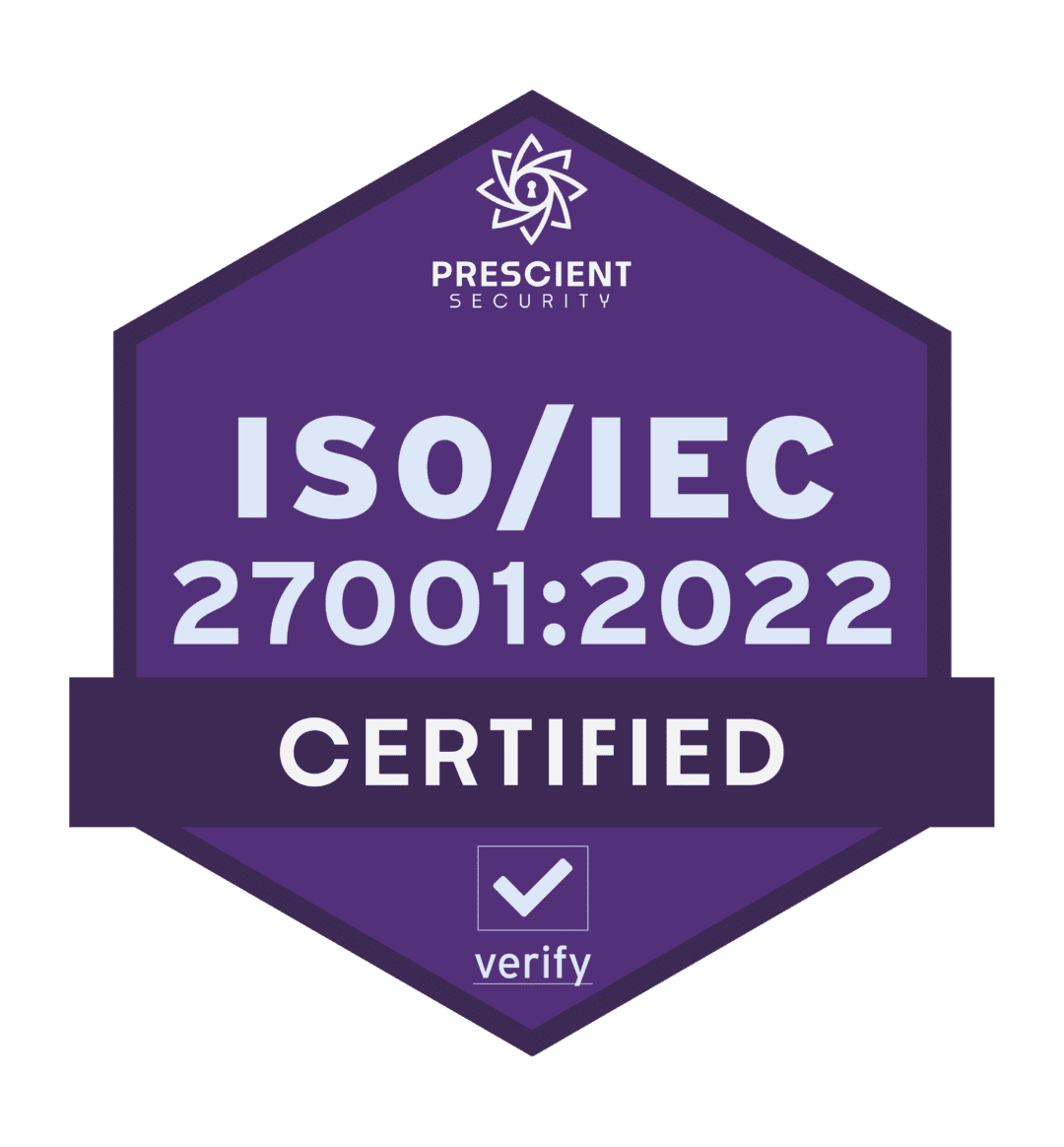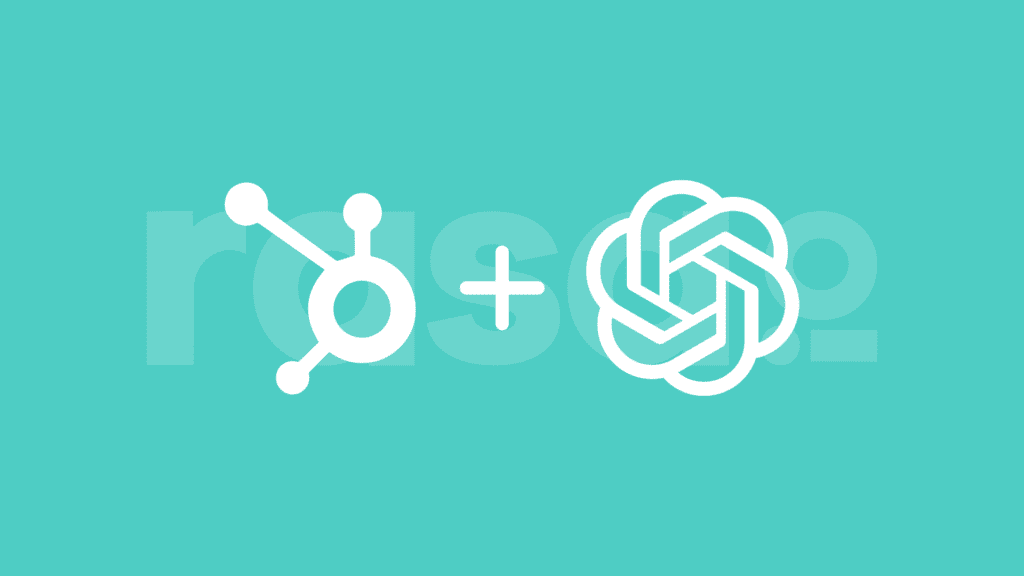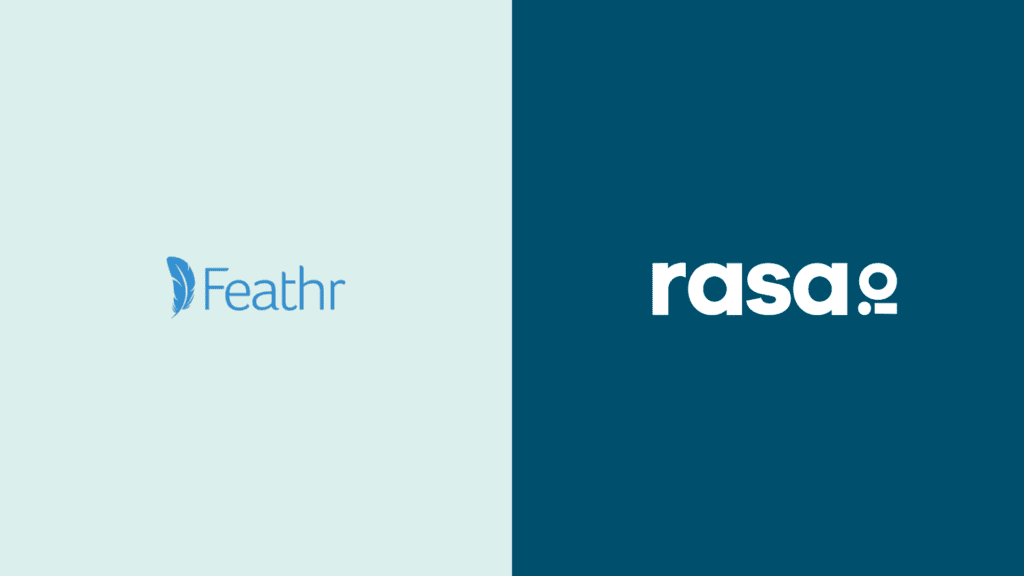David & John Auten-Schneider
How two husbands use email to help other gay men create a happier, healthier, and wealthier life. Here’s David & John Auten-Schneider’s story about Pushing Send.
Key Points From This Episode:
- On a scale of 1 to 10, 10 being the most important, email is a 9.
- Profitability has a direct correlation to how much attention we’ve paid to our email list.
- Other platforms, like Instagram, Facebook, or LinkedIn, give you no control – unlike email!
- Social media platforms are constantly changing things – so what worked even just a week ago or a month ago, doesn’t work today.
- An email list is there to help you create customers, to create value for people who will be your customers, or to create continuous value for people who are already your customers.
- Be more authentic and consistent in your emails.
Tweetables:
“Our profitability, or our revenue, has had a direct correlation to how much attention we’ve paid to our email lists, the people on our email list, as well as how we’re growing our email list.”
– David Auten-Schneider from @DebtFreeGuys on the Pushing Send podcast
“Email is something that we own, right? We own the ability to when we send or how we send an email, who it goes to, who is going to see it. So we have that choice. Whereas other platforms we don’t own.”
– David Auten-Schneider from @DebtFreeGuys on the Pushing Send podcast
“It’s been pretty consistent. It’s one of the least volatile components of our business. And to that point, we would much rather spend more time on our email list than social media.”
– John Auten-Schneider from @DebtFreeGuys on the Pushing Send podcast
“An email list is there to help you create customers, to create value for people who will be your customers, or to create continuous value for people who are already your customers.”
– David Auten-Schneider from @DebtFreeGuys on the Pushing Send podcast
Links Mentioned in Today’s Episode:
- David Auten-Schneider: LinkedIn
- John Auten-Schneider: LinkedIn
- Bryan Kelly: LinkedIn
- rasa.io
- DebtFreeGuys.com
- Queer Money Podcast
- ConvertKit
- Rosemarie Groner / The Busy Budgeter
- Marie Forleo
Episode Transcript
John:
I think a challenge that David and I had was that we did have a whole lifetime in corporate America and corporate America has a very specific way. You use email and you don’t want to You want to be crystal clear with what you’re saying, you’re going to be short and pithy. You want to make sure you get your point across. You don’t want to be too colorful. You don’t want use fun words. You don’t want to have, uh, you know, spell words wrong just out of entertainment for entertainment sake. Don’t definitely don’t want to swear because then you’re talking to your manager. So I think we had that, I guess, education, that didn’t translate into the type of business that we were trying to build. Um, and when we sort of became a little bit more relaxed and authentic like emailing our list the same way we would maybe email a friend who asked for some advice.
Bryan:
For rasa.io, the tool for sending smarter and better email newsletters. This is pushing send, a show featuring people who send emails, their subscribers actually want to read. I’m Bryan Kelly, and on today’s show how two husbands use email to help other gay men create a happier, healthier and wealthier life. Here’s David and John Auten-Schneider. How important is email been for your debtfreeguys.com business as well as the queer money podcast?
John:
Well, that’s a big question. The reason I say that’s a big question is because we were, I think at the beginning of our business, which we started debtfreeguys.com about 2015. Yes. Yes. We weren’t wise to the importance of an email list. So we had several years before we figured out that that was something that we should be doing. And then it took us a while to figure out that that was actually how important that was doing now that we have a list and we’ve grown our list and we’ve got a strategy to grow our list and to engage with the people who are on our lists, we’ve realized the monumental value that it has. And so now we kind of look back and we think, geez, if we were only smarter a couple of years ago, you know, we could be at a whole different place right now, but you know, you can’t do anything about that. So we are looking forward. So I will say that, you know, on a scale of one to 10, 10 being the most important, I would say, it’s gotta be at a nine or, or 10.
David:
This is David. I’ll add a couple of things here. What we have learned recently. And over time, one that our profitability or our revenue has had a direct correlation to how much attention we’ve paid to our email lists the people on our email list, as well as how we’re growing our email list. And so as we have turned our business into a profitable business that allows us to, or allowed us to both quit working for someone else working in corporate America, we began this process of focusing more attention on the people that we already see as customers, even though they may not have purchased anything from us at that particular time, we have to look at them as our customers. So we understand this, this relationship we need to have with them. And the fact that we need to grow our email list. If we want to have more customers more profitability on the flip side, email is something that we own, right? We own the ability to when we send or how we send an email, who it goes to, who is going to see it. So we have that choice. Whereas other platforms we don’t own, we don’t own our followers on Facebook or Instagram. Our followers on Pinterest or the people who follow us on LinkedIn. All of those are on other platforms. We have no control over who Facebook or Instagram decides, gets to see what we decide to create as content. We have no control over trying to decide whether we want to do that demographically, whether we want to do it only for a short time period, extended time period. So the more control we have over our business, the more control we really have over our business, right? If we don’t have control, if we’re managing or working our business on platforms that we have no control over, they can make a simple change, which literally could take somebody from being highly profitable, to being flat broke, and not being able to make any money. Right? And we don’t want that.
John:
This is John I’ll add into David’s point, Facebook and Twitter and Instagram. They’re constantly changing things on us. So what worked even just a week ago or a month ago, doesn’t work today. And so we can do something that you know, was getting tons of engagement and tons of reach, you know, a month ago. And then now it’s getting like 30 people are seeing it and precipitous drop from what we were getting. Whereas our email list, it has grown over time. How you engage and use your email list hasn’t changed that much. The only thing that’s really changed is how good we’ve gotten with using our email lists and how much better we’ve gotten with writing our emails and connecting with people on our email list. Whereas convertkit’s not just going to completely change their algorithms, or they’re not gonna get into a fight with Google and say, we’re not going to show your emails to all sorts of certain people, for whatever random reason, because we’re going to start competing against you. It’s been pretty consistent. It’s one of the least volatile components of our business. And to that point, we would much rather spend more time on our email list than social media. But I know a lot of people disagree with that.
Bryan:
Well, I’m Not one of those people. So take me back to that moment. When you realized that you should be doing email?
David:
I remember having this light bulb moment when we interviewed Rosemary Groner on our podcast, Rosemary Groner runs the website, the busy budgeter. And she talked about how she went in a relatively short period of time. I think about a year or two, a year and a half and making $3,000 a month to making $52,000 a month in her business. And I was like, whoa, wait, what you make, how much it was just blown away by the fact that here was somebody making more money in one month than we were making in our business all year. And so after the podcast, we started talking a little bit more about what she was doing, and that’s when she’s like, it’s the gold is in your email list, right? She says that she, she kind of has this plan that she wants to try to generate an average of $1 per subscriber per month. And when we started thinking about that, we’re like, well, no wonder our business is not making as much money as we would want it to make, because we don’t really cultivate. Our email list was, was the yard next door that nobody wants to live next to, right? It’s the one that’s overgrown with weeds and nobody knows what’s in there and you can barely see the house that’s behind it. Right? And hers is the manicure lawn that everybody is jealous of. Right? That’s kind of how I was looking at my, our business compared to her business. It was, she was just basically telling us, it’s not, doesn’t matter how many followers she has on Facebook. It’s all about taking care of the people that are more likely than not to be her customers and be her raving fans. That’s when I was like, maybe we need to change some things. We need to do some stuff better.
John:
This is John. I don’t think it was long after that, that we had listened to a couple of podcasts and more Marie Forleo. She underscored the importance and the value. And I think she also called your email list is gold. And it should be your number one priority. It was slowly starting to sink in, but at first the way we were engaging, we started an email list and then we were generating getting emails. And the way we were writing emails, if I look back on it now it’s pretty embarrassing. We all learn right?
Bryan:
When we come back, David and John described what they were doing before, focusing on email in their business. Plus they explained their email marketing funnel. I’m Bryan Kelly, and you’re listening to pushing send from rasa.io.
rasa.io:
You deserve to get more, your email List, more sales, more leads, and more engagement, but publishing a consistent newsletter that gets you more it’s time-consuming. so rasa.io, we’ve simplified the process. We’ll automatically personalize emails for each of your subscribers based on their interests. And when your subscribers get more of what they want, you get more of what you want. Everybody’s happy. You want to see how it works. Visit www.rasa.io and click how it works.
Bryan:
Welcome back to pushing send. I’m Bryan, Kelly. David, and John Auten-Schneider serve a very specific niche. And the best way they’ve been able to serve that community is by understanding how to communicate with them better through email here’s David and John, again, before you put a real focus on building your email list, what were you doing before that? To help drive website traffic and grow the business as well as the podcast.
John:
This is John. Our lives at that time were erratic. We were both working two full-time jobs at that particular point in time, the rule of thumb was to try to have a couple of posts on your website a day. But at that point it was okay to have 300 words to 500 words. So that was somewhat easy. We were trying to get as many posts out there as we could per day. And then David, we would wake up early the next morning, before we go to work and David would use, I forget what tool he was using at the time, but he would spew all of our blog posts, uh, have them scheduled out throughout the day, all throughout Twitter and Facebook. And it was almost like we were just creating content, creating content, creating content, and then pushing it out on social media, creating content, creating content, and pushing out on social media. And it was just completely erratic. And at that time, you know, the more you post it on Twitter, the more you can drive traffic back to your website. So there actually was somewhat of a benefit there. We didn’t really have an email list that we were cultivating. We didn’t really have any sort of search engine optimization strategy. It was just throw yourself on social media and hope that people come back and that worked for a time. But after a while things changed and all of a sudden it was like, okay, you can settle down folks. It’s just three posts a week is fine. But then the post now have to be a thousand to 5,000 words. And so we were trying to do that. It took us a while to really figure out that social media wasn’t really the game that we wanted to play. It was, it was a lot of work and it was a lot of vanity to it, but it actually didn’t have a great ROI. And we were stressed and frazzled. I think it’s only been the last couple of years that we got wiser, thanks to people like Rosemary and Marie Forleo. We got wired to the value of our email list and we’ve tried to invest much more time in that than we do on social media.
David:
And I think that one of the Issues, this is David. One of the issues that we had was we didn’t understand how to sell to our email list. You know, it’s kind of funny. I saw a meme yesterday and I shared it on Facebook and it’s a picture of somebody who’s kind of dressed up as a Inigo Montoya from princess bride. And it says, the meme basically says you join my email list prepared to buy. Right. Well, I think that’s the idea that a lot of people forget about an email list. An email list is there to help you create customers to create value for people who will be your customers, or to create continuing value for people who are already your customers, right? The reason why people go back and buy the next iteration of the iPhone is because they love the value that the ha of the iPhone that they have, right? The reason why people go back and are repeat customers, the products that they have is because they find value in those products. And that’s the way that we can create value. Email lists are emails that we send out to folks. Those are the way we can create value for people that we want to be, or already are our customers. And we just kind of didn’t know that that’s what it was, that what we didn’t know, that’s what an email list was for. We were playing the kind of the traffic game, right? How many page views can we get? Not knowing, not having ads on our website, not knowing that you barely make any money from ads. And you’re actually basically feeding somebody else’s profit stream rather than your own. Then we were pushing people off to other people’s websites and off to our social media and having them watch videos. And it was, we were to some degree creating a little bit of value, but we were not figuring out how that value could help us create a business that would sustain us and bring us away from working in corporate America.
Bryan:
Mm. So once you reached that point where you had the aha moment about email, when did you start getting traction in seeing actual results?
David:
I think that it maybe took us a little bit longer to actually realize that because you have to have the pieces in place and we didn’t have the pieces in place. Right. I think back to when blogging kind of began as a hobby for a lot of folks, and then some people figured out how to monetize it, whether that was ad placement or sponsored content or affiliate links out to other people’s products, we were kind of stuck in trying to chase that game, but never working properly. And I think once we realize the value of an email list is that the email list really does allow you to present to your customers the most valuable to them and valuable to you, product. And more often than not, that’s your own product. It’s a product that you can charge them, whether it’s $17 or $1,700, you can put in front of them a product that is what they really want, and you want to be able to provide them. And we didn’t have that string in place that quite a quote unquote funnel, right? The way to get them to our email list, get them nurtured into understanding what we have available to them and then presenting that product to them. So I think it took us a while. We kind of stumbled around a couple of times at it, but then when we really started sharing with our email list, the products that we were creating and starting to see them have an interest in and buying those products, that’s what we started to say to ourselves. Okay. We need to get it together so that we really can deliver what our customers want and get the results that we want.
John:
I think I remember this is John again. I think I remember the specific moment that we sort of had this epiphany. It was, we had created what we thought at that particular time was going to be our signature product. And we’d launched that to our list and to all of our social media. And we blogged about it all over the places as muc as we could we followed a, sort of a Jeff Walker kind of strategy for launching a course. And we launched that the beginning of 2019 and we had all these high expectations. We thought it was gonna be hugely successful. And it was an abysmal failure. We had worked on this for months and so months and months and months of work turned out to be not even more than, you know, I guess one month’s worth of worth of income for us to cover our expenses. We had the, the weeks that follow right of drinking too much whiskey and eating Ben and Jerry’s then you’re like, okay, well I gotta figure this out. Something’s going to go south. And that was really the time that we said, okay, we gotta change things. Whatever we’ve been doing has not been working. And if we’re going to continue this business, we’ve got to completely flip the script on ourselves. We had engaged with our email list. We had done more than just drive them to our website, but we didn’t really have a complete and holistic strategy. And we didn’t have a really, we didn’t have really great messaging that I don’t think connected with our email list. And maybe for that reason, there were a lot of people on our email list at that time that didn’t belong on it because they probably would never necessarily connect with us. It was that point in time that we thought we realized that if we flip the script and try to engage in a new way, they might respond accordingly. And we did try to engage in a new way. We tried to be more authentic. We tried to be more ourselves. Sometimes we were witty and funny. Sometimes we were just being stupid. We was swear once in a while, where something in the past we were adverse to doing, because we were afraid to offend somebody. We were also afraid to say some things that were sometimes controversial, but that we believe because we don’t want to offend somebody. We started to come across, I think a little more authentic. Our emails got a little bit more robust and we did start to sell on occasion to our list. It wasn’t every single email. Sometimes it was just trying to add value from value to sake. Sometimes we’re driving people to a product or service of ours, or sometimes we’re trying to drive people to a product or service that we use on brand partners. Since then, we’ve tried to engage in a much more authentic and consistent way and people have today was point for responding in kind,
Bryan:
Yeah, it’s not just about email, but it’s really about how you engage with your audience in ways that get them excited to receive something from you. So now can you take me through what your email funnel looks like after somebody subscribes to your list? I’m really curious how you do this.
David:
We have basically two entry points for our email list. That’s for folks who show up on our website on a regular basis or for the very first time. And we present them the opportunity to get our primary lead magnet or the initial freebie that we give folks to get them on our email list for us, that the right now is, is something that’s focused around building a full, happy life as a gay man. We’re a gay couple and that’s who we see as our target audience, our market. And we want to include personal finance into that aspect of living a happy, full, authentic life. We have people who come to our website can sign up, but then we also use an ad strategy to get people who are interested in that particular topic onto our email list. When someone signs up, then they’re immediately presented what many people like to consider as a initial offer. Some people call it a trip wire. We present this initial offer to them as a, basically a way for telling people we’re not here to just give you free stuff all the time. There is something you can buy and a fair percentage of people take that initial offer. They see that it adds onto, or is a kind of expands on what we have as our lead magnet. And that has been that process right. There has been really valuable in us growing our email list significantly over the last year. Really kind of what we are starting to do then is to kind of find the people who liked to hear what we like to talk about this idea of living on a thank life, living a full and happy life, including your financial aspect of that into your life, which finances seems to spread in almost every single direction, whether it’s lifestyle, whether it’s health and fitness for your body and mind. So it just kind of goes into so many other aspects of your life. And we’d like to talk about that kind of content. So we’re finding more people who appreciate what we’re talking about. Then through our emails, we have various sequences of emails. So if you sign up and you don’t purchase that initial offer, we give you a series of emails that talk about what it is that you got from us initially that first free offer that free lead magnet. And we kind of expand on that, ask some questions so we can get to know more about you. We learn about our audience and those emails kind of, stair-step an individual in a process of learning more about what it is that we like to share and talk about from time to time within those emails, we’ll refer to the offer that somebody that they did not purchase and ask them if they are open to purchasing it now, whereas the folks that did purchase that right away, then we have a different set of emails that we go into, into detail on what it is that they purchased and how they can use those tools to grow and expand their life and improve their finances. That’s kind of the initial groundwork for our emails, but then all throughout the process, we send out emails that are kind of up to date on what’s going on with us or a new topic. We’re trying to introduce. Sometimes we’ll refer people to an episode of the podcast that we’ve recently recorded to give people a little bit more, a full picture of what it is that we’re sharing with people, why it is that we have the business that we have, the community that we’re trying to grow and the way we’re trying to change the world.
Bryan:
To learn more about David and John’s work, you can visit debt-free guys.com or listen to their money podcast. And if you’re listening to pushing send for the first time, be sure to subscribe at apple podcasts or wherever you’re listening. So you don’t miss an episode. Lastly, if you’ve enjoyed what you’ve heard, I’d encourage you to check out a few of our other episodes while you’re here. I’m Brian Kelly, and you’ve been listening to pushing sin from rasa.io.














